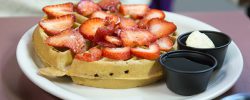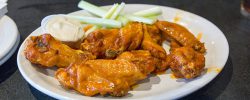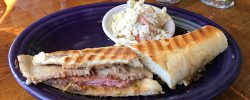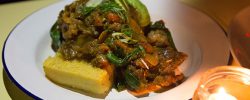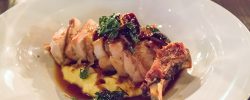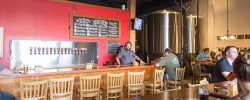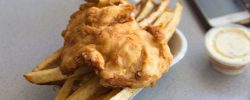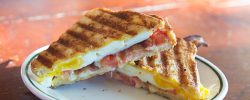Since it’s now mid-February, that means it is starting to become Mapling season throughout the Northeast and Quebec, and that also means it is time for the annual Au Pied de Cochon (PdC, for short)’s Cabane à Sucre harvest breakfast! It’s one of the Montreal-area’s toughest reservations (usually involving getting up at midnight on 1 December, cursing at the constantly-crashing website, and then waiting weeks for your callback on the wait list), but as you can read about in my previous writeup, it really is worth the trouble, since it’s one of the most amazing culinary experiences. When we last went in 2014, we had an amazing time. But there were two lessons we took from that experience: (1) to starve ourselves more beforehand, since it truly is a massively excessive amount of food, and (2) the experience you got as a party of two was just a fraction of the experience the larger, full tables got, since many of the items are best served up table-side (better to receive entire cakes than just slices, for example). So this time, when they opened up the waitlist in December, I immediately signed up for a table of 8 and got a combination of local and online friends to come up and join me. Thus, on 18 Feb 2017, we found ourselves again in the outskirts of St Benoit de Mirabel, QC in an enlarged sugar shack, waiting for items to arrive from the kitchen.

